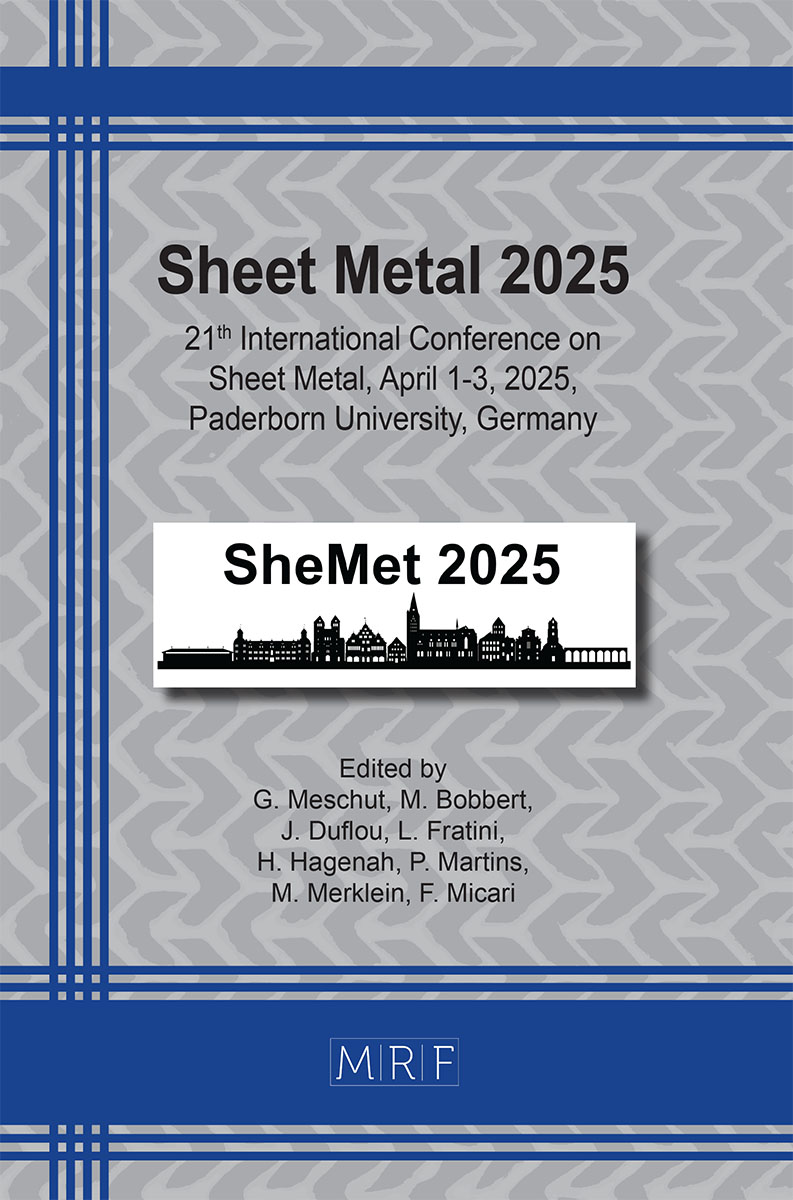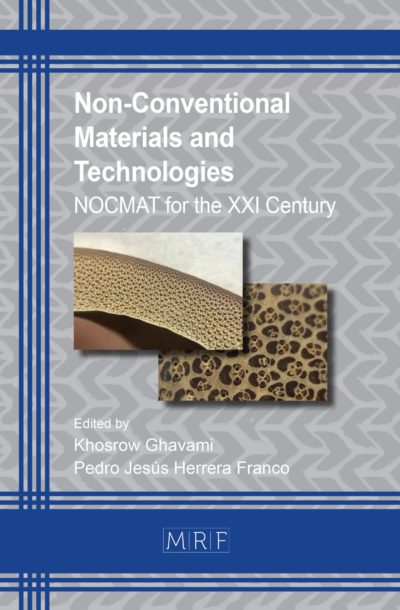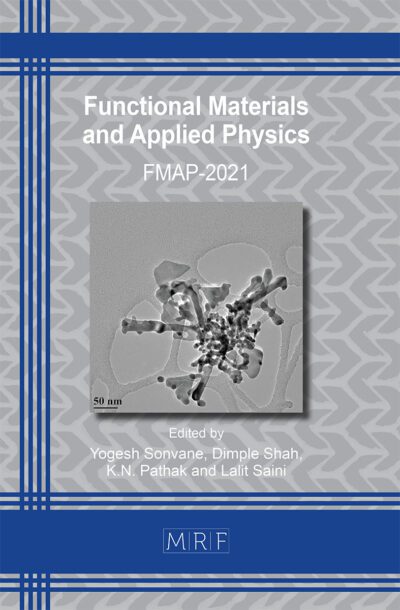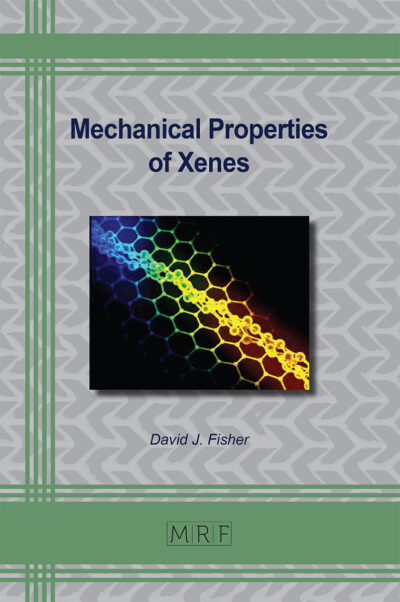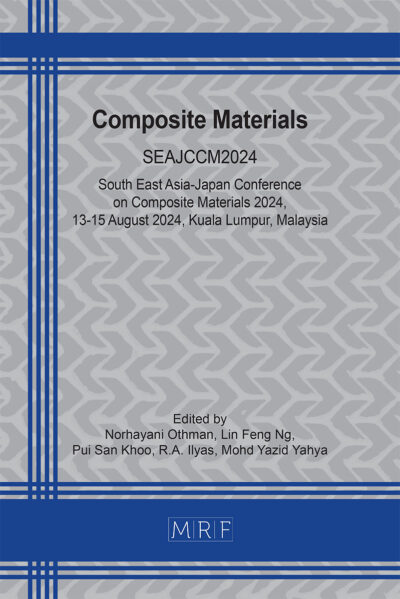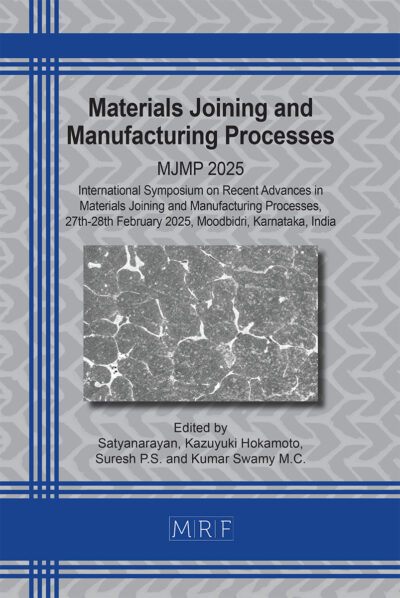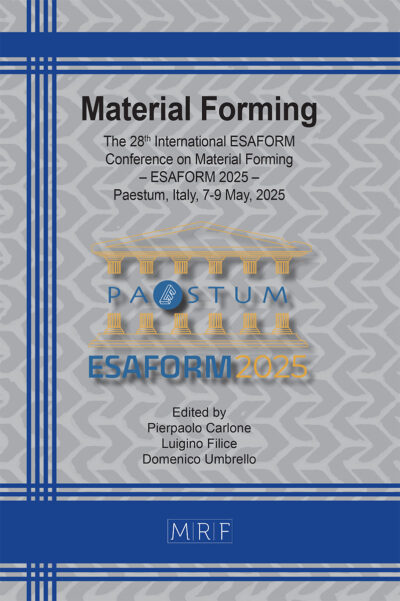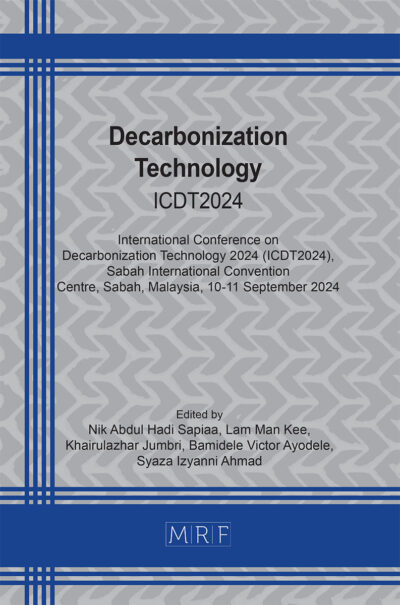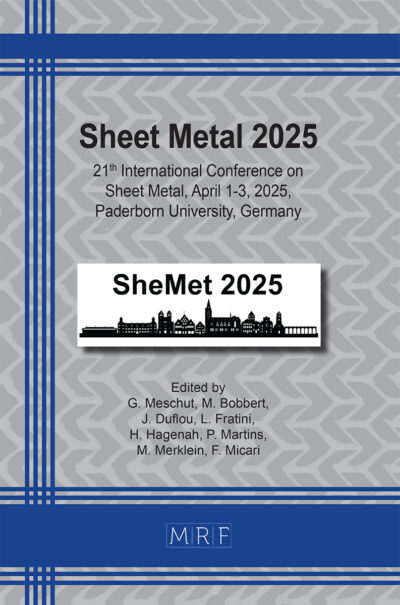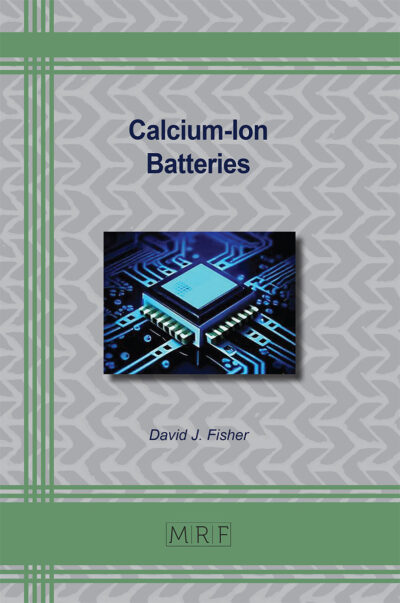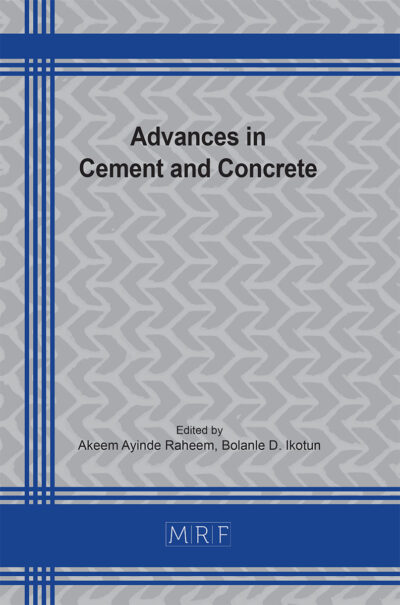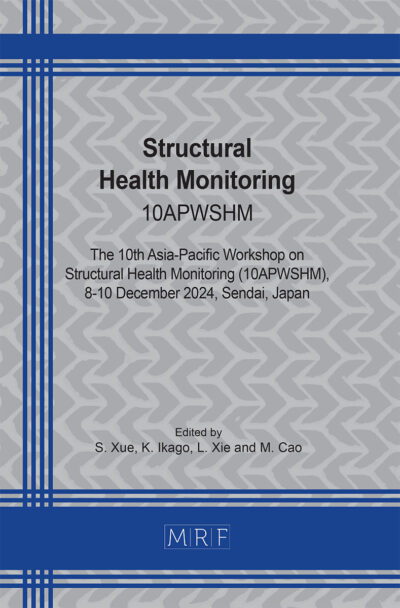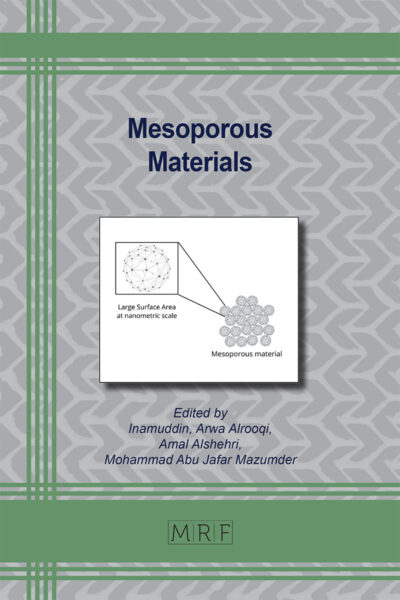Inverse parameter identification for the delamination behaviour of metal-polymer-metal sandwich materials
Moritz Kuhtz, Jonas Richter, Andreas Hornig, Maik Gude
Abstract. The double cantilever beam (DCB) test is a standardised method for characterising delamination properties in composites, adapted here for sandwich structures with metal cover layers and a polymer core (MPM). An inverse parameter identification approach is used based solely on force-displacement data to characterise interface properties, eliminating the need for crack length measurements. DCB tests are conducted with varying pre-crack configurations, core thicknesses, and loading rates. The results show that critical strain energy release rates G_Ic increase with increasing core thicknesses, loading rates, and cohesive pre-cracks, while interface strengths R_3^+ are influenced less by these factors. Numerical simulations using a refined mesh based on a mesh study and a cohesive zone model are used to characterise the delamination behaviour. The inverse method of determining cohesive zone model parameters R_3^+ and G_Ic by fitting numerical force-displacement curves to experimental results provides significant improvements in accuracy and efficiency compared to manual re-calibration, reducing the pre- and post-processing time while providing robust parameter estimation for delamination behaviour in MPM composites.
Keywords
Composite, Delamination, Modelling
Published online 4/1/2025, 8 pages
Copyright © 2025 by the author(s)
Published under license by Materials Research Forum LLC., Millersville PA, USA
Citation: Moritz Kuhtz, Jonas Richter, Andreas Hornig, Maik Gude, Inverse parameter identification for the delamination behaviour of metal-polymer-metal sandwich materials, Materials Research Proceedings, Vol. 52, pp 234-241, 2025
DOI: https://doi.org/10.21741/9781644903551-29
The article was published as article 29 of the book Sheet Metal 2025
![]() Content from this work may be used under the terms of the Creative Commons Attribution 3.0 license. Any further distribution of this work must maintain attribution to the author(s) and the title of the work, journal citation and DOI.
Content from this work may be used under the terms of the Creative Commons Attribution 3.0 license. Any further distribution of this work must maintain attribution to the author(s) and the title of the work, journal citation and DOI.
References
[1] ISO 15024:2023, Fibre-reinforced plastic composites – Determination of mode I interlaminar fracture toughness, GIC, for unidirectionally reinforced materials
[2] Manikandan, P.; Chai, G. B. Mode-I Metal-Composite Interface Fracture Testing for Fibre Metal Laminates, Advances in Materials Science and Engineering, 2018, 4572989, doi: https://doi.org/10.1155/2018/4572989
[3] Richter, J.; Kuhtz, M.; Hornig, A.; Harhash, M.; Palkowski, H.; Gude, M. A Mixed Numerical-Experimental Method to Characterize Metal-Polymer Interfaces for Crash Applications. Metals 2021, 11, 818. https://doi.org/10.3390/met11050818
[4] Cornec, A.; Scheider, I.; Schwalbe, K.-H. On the practical application of the cohesive model, Engineering Fracture Mechanics 70 (14), 2003, pp. 1963-1987. https://doi.org/10.1016/S0013-7944(03)00134-6
[5] Shi, Y., Sol, H., Hua, H. Material parameter identification of sandwich beams by an inverse method, Journal of Sound and Vibration 290(3-5), 2006,pp. 1234-1255. https://doi.org/10.1016/j.jsv.2005.05.026
[6] Harhash, M.; Kuhtz, M.; Richter, J.; Hornig, A.; Gude, M.; Palkowski, H. Trigger geometry influencing the failure modes in steel/polymer/steel sandwich crashboxes: experimental and numerical evaluation. Compos. Struct. 2021, 262, 113619. https://doi.org/10.1016/j.compstruct.2021.113619
[7] Turón, A.; Dávila, C.G.; Camanho, P.P.; Costa, J. An engineering solution for mesh size effects in the simulation of delamination using cohesive zone models. Engineering Fracture Mechanics 2007, 74, pp. 1665-1682. https://doi.org/10.1016/j.engfracmech.2006.08.025
[8] Marzi, S.; Hesebeck, O.; Brede, M.; Kleiner, F. A Rate-Dependent, Elasto-Plastic Cohesive Zone Mixed-Mode Model for Crash Analysis of Adhesively Bonded Joints. 7th European LS-DYNA Conference, 2009, Salzburg. https://lsdyna.ansys.com/wp-content/uploads/attachments/ B-VI-02.pdf
[9] Lißner, M.; Alabort, E.; Erice, B.; Cui, H.; Petrinic, N.A rate dependent experimental and numerical analysis of adhesive joints under different loading directions. Eur. Phys. J. Spec. Top. 227, 85–97 (2018). https://doi.org/10.1140/epjst/e2018-00070-x
[10] Sønstabø, J. K.; Morin, D.; Langseth, M. A Cohesive Element Model for Large-Scale Crash Analyses in LS-DYNA. 14th International LS-DYNA User Conference, 2016, Detroit, https://lsdyna.ansys.com/wp-content/uploads/2022/12/a-cohesive-element-model-for-large-scale-crash-analyses-in-ls-dyna-r.pdf

